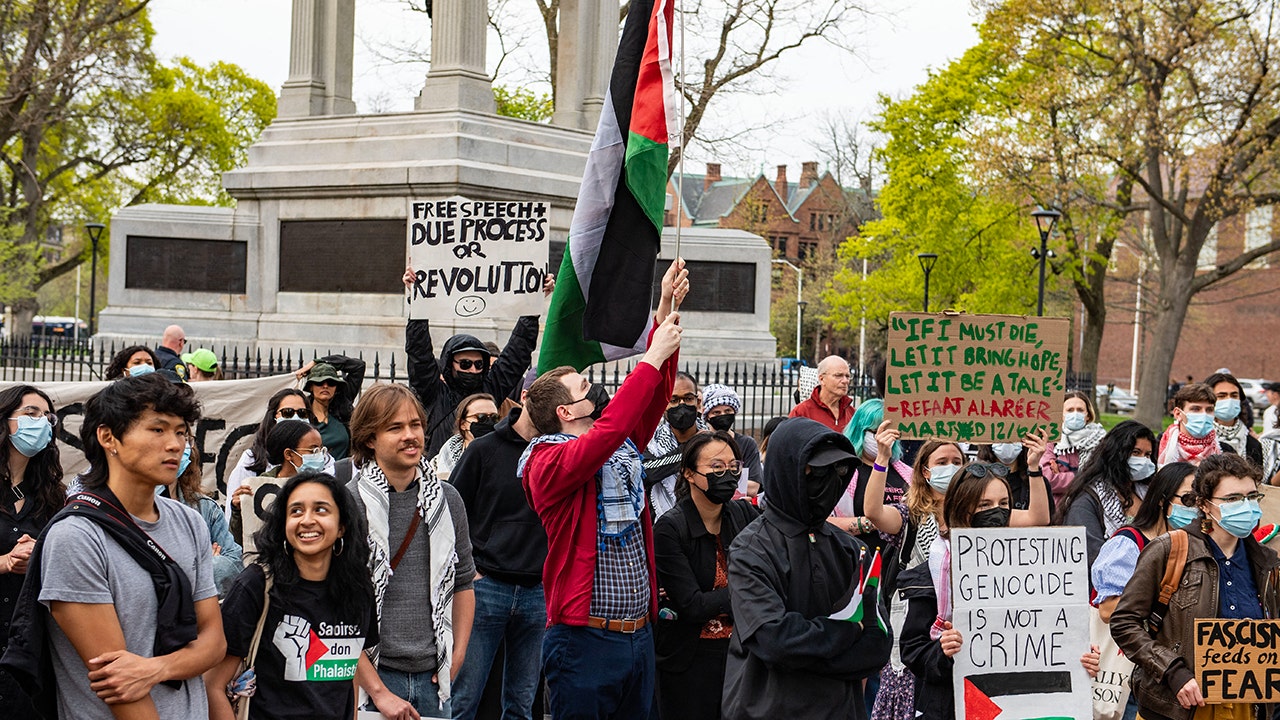The contracts of two North Bay high school employees were at the center of a heated debate on Tuesday.
Parents and students said the two consultants have made a measurable difference for Black students, but those in charge aren’t convinced the positions were necessary in the first place.
Sophomore Roman Cole said they’ve turned around Tamalpais High School in just a year.
“Overall just unsafe for people of color at Tamalpais High School, and they made it a way safer and enjoyable place,” said Cole about the changes over the last school year.
He said now he’s enjoying school, but his freshman year was a different story.
He didn’t want to go. He said some students would call kids of color racial slurs, and that there was even a photo circulating online of a girl with one written on her face.
“Some people’s moms were literally moving them to different schools last year,” explained Cole. “Some people of color’s kids are not here anymore because of the situation at Tam last year.”
In August of 2024, contractors Tenisha Tate-Austin and Paul Austin were brought in. They provide support to students of color by mentoring, working to improve grades, and creating a feeling of belonging.
Nearly 40 people took to the podium to express their support.
“If you look up the numbers at Tam right now black students are doing better than any school in this district,” said Lorenzo Bynam. “Numbers don’t lie.”
Last year, 53 percent of Black and biracial students had at least one D or worse grade; this year, the number had improved by more than 15 percent.
At the meeting, representatives from the district administration recommended extending their contracts one year, but Board President Cynthia Roenisch did not agree
“I find it hard that an educator gets up and makes a recommendation that we have to pay $250,000 dollars for halftime work,” said Roenisch.
Throughout Roenisch’s remarks the crowd got upset.
“If the audience can’t be respectful, I’m going to ask you to leave,” threatened Roenisch.
She continued on, arguing they never should have been contracted in the first place.
“Going back and looking at it, I’m going to say we inappropriately approved those consultant contracts because the services that are provided are not specialized services,” said Roenisch. “They are services that are provided in the job description of the assistant principal, of the dean, of teachers, of counsellors.”
By a vote of 3-2, Tate-Austin and Austin’s contracts were not renewed. Cole said he was shocked by the decision and questions what will happen next.
“It’s honestly a shame,” said Cole. “I don’t know what we’re going to do next year, and I hope that what happens next year is not going to be what happened for my freshman year.”

































